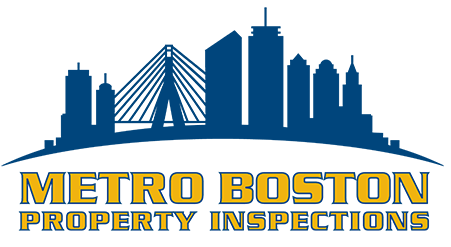Fire Safety Tips
As fall and cooler weather begins, it’s an excellent time to raise awareness about essential home safety measures, specifically focusing on fire prevention and carbon monoxide awareness. Here are some valuable tips and insights on how to enhance the safety of your home, ensuring the well-being of you and your loved ones.
1. Installing Smoke Detectors:
Smoke detectors are the unsung heroes of home safety. Make sure your home is equipped with functioning smoke detectors on every level, including inside bedrooms. Regularly test them to ensure they’re in working order and replace batteries as needed (a helpful reminder is during daylight saving time changes). Remember, smoke detectors save lives by providing early warning signs during a fire.
2. Checking Fire Extinguishers:
Fire extinguishers are essential tools that can help you suppress small fires and prevent them from spreading. Check that you have the appropriate type and size of fire extinguisher for different areas of your home, such as the kitchen, garage, or workshop. Inspect them for any signs of damage, and ensure they’re easily accessible and not blocked by clutter. Familiarize yourself with the operating instructions, so you’ll be prepared if needed.
3. Maintaining Carbon Monoxide Detectors:
Carbon monoxide (CO) is a silent and odorless gas that can be deadly if undetected. Install carbon monoxide detectors near sleeping areas and on each level of your home. Test them regularly to ensure they’re functioning correctly. If your detectors are battery-operated, replace the batteries annually or as the manufacturer indicates. Remember, early carbon monoxide detection is crucial for your safety, as it allows you to take prompt action and evacuate if necessary.
4. Understanding Potential Risks:
It’s essential to be aware of potential fire hazards and carbon monoxide risks in your home. Keep flammable items away from heat sources, such as stoves and heaters. Ensure that electrical outlets and cords are in good condition and not overloaded. If you use fuel-burning appliances or have an attached garage, be cautious about proper ventilation to prevent carbon monoxide buildup. Educating yourself about these risks empowers you to take preventive measures and mitigate any potential dangers.
5. Creating A Family Emergency Plan:
Preparing for emergencies is a proactive step that every household should take. Develop a comprehensive family emergency plan that includes escape routes, designated meeting points, and important contact information. Practice fire drills with your family to ensure everyone knows what to do in case of an emergency. Regularly review and update your plan to accommodate any changes in your home or family structure.
Remember, your safety and the safety of your loved ones are of utmost importance. By following these tips and making home safety a priority, you’re taking significant steps to protect your home and minimize potential risks.
Stay safe and enjoy the remainder of the fall season!






